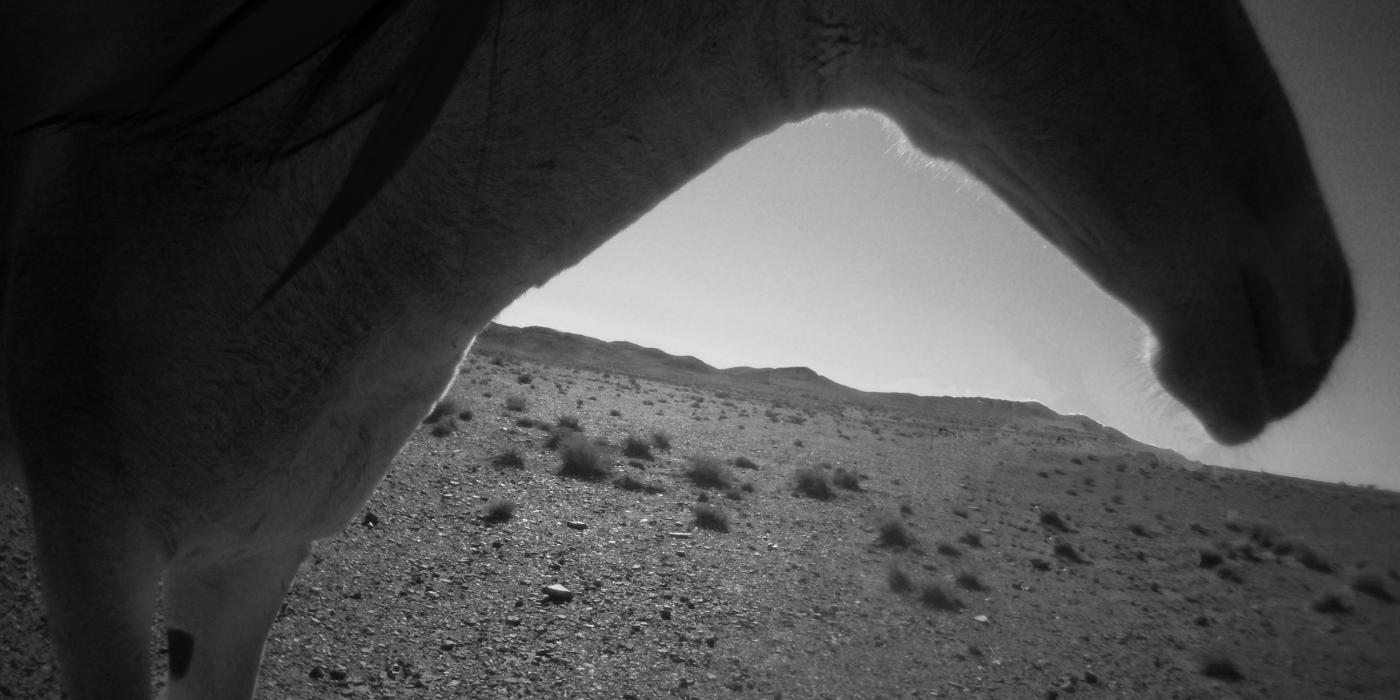Equus Unicornu Science First
The following was published as an April Fools joke and is not based on fact.
Smithsonian Conservation Biology Institute scientists have captured the first known images of a unicorn (Equus unicornu) in the wild. Scientists are studying unicorn ecology using camera traps and hope to place bejeweled satellite tracking collars on 10 unicorns within the next three years. It will be the first time scientists have ever tracked wild unicorns. Very little is known about unicorn populations, or even how many exist in the wild. The most immediate and pervasive threat to unicorns, however, is human skepticism about their existence. They require an active human imagination to thrive.
Some of the historical data scientists have been able to uncover about the elusive unicorn is outlined below.
Interesting Discoveries
- Unicorn poop appears to glitter in the sun due to the large amount of silver flowers they eat.
- Unicorn vocalizations can be heard up to 5 miles away and range from falsetto neighs to soft nickers. Their lower frequency vocalizations cannot be heard by humans.
- Unicorn hair has a greater tensile strength than spider silk.
Native Habitat
Ecologists have strategically placed camera traps across what is believed to be their historic range to learn more about where they are spending their time, what other species share their habitat, and how human activities are affecting them. Their habitat is also fragmented, and scientists fear that without the establishment of rainbow corridors linking mystical habitats, unicorn populations will further decline.
Physical Description
Unicorns have large heads, long ears and a single characteristic horn that extends from their foreheads, just above the eyes. The unicorn’s horn is wide at the base, growing in a spiral pattern to a point. It first appears in juveniles at about three years of age, and can reach a length of 9.5 to 13 inches (24 to 33 centimeters) when full grown. Scientists have not determined the exact purpose of the unicorn’s horn but hypothesize that it may be an additional sensory organ, similar to the tusk of the narwhal. It could also serve as a defense against predators or a visual signal to help attract a mate.
Unicorns have flowing manes and forelocks, as well as thick, long tails that range in color from light purple to silver. Sebaceous glands within the unicorn’s hair follicles secrete oil that reflects light, making the unicorn’s bright white coat appear to glimmer on a sunny day or under the light of a full moon. This oil has a distinctive smell, reminiscent of waffle cones and maple syrup. Unicorns are leanly built, with long muscular legs and strong hooves. They are agile creatures and can travel swiftly through enchanted forests and over rocky, hilled terrains. Their strong legs can also easily propel them through glitter storms or bodies of water.
Size
Unicorns are 4.7 to 6 feet (1.4 to 1.8 meters) tall at the withers, or ridge between the shoulder blades. They are 8.25 to 9.5 feet (2.5 to 2.9 meters) long and weigh 580 to 920 pounds (263 to 417 kilograms).
Food/Eating Habits
Little is known about the diet of the unicorn. Scientists believe that they are herbivores and their primary source of vegetation is a rare, flowering silver grass that grows only in their native range called Sparklebombis twinkleosa.
Sleep Habits
Unicorns require very little rest. They typically sleep for less than 20 minutes at a time and never reach the REM stage that accounts for nearly 25 percent of the human sleep cycle.
